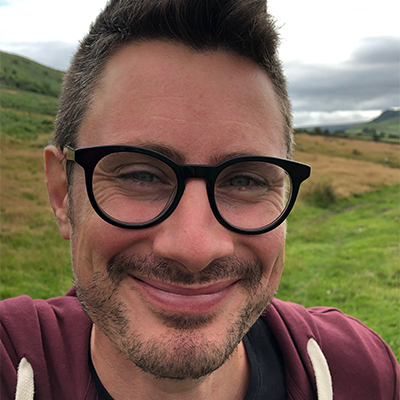Evolution can go backwards
Fossils tell us that in the theropods – dinosaurs that walked on two legs – wrist bones appear to have streamlined over millions of years, going from 11 bones to three. But in birds one of these bones has mysteriously resurfaced, the pisiform.
Chickens may be the closest living relatives of T. rex
Soft-tissue fossils from dinosaurs seem to contain exactly the same form of collagen found in birds, particularly ancient lineages such as ostriches and chickens.
Humans are causing animals to evolve
The increase in road traffic in the past 50 years has seen some songbirds evolve deeper songs to beat the noise, and swallows near roads evolve shorter wings to help them avoid cars.
We’re all LUCA’s descendants
All life uses the same basic elements and is coded in DNA. This suggests it shares one Last Universal Common Ancestor that also used DNA. LUCA was probably a mat of microbial matter that lived 3.5 billion years ago.
We may have stopped evolving
Natural selection is drawn to solving problems related to death, like predation or disease. But humans are using culture to solve, or at least delay, such lethal events. This probably uncouples us from natural selection’s influence.
